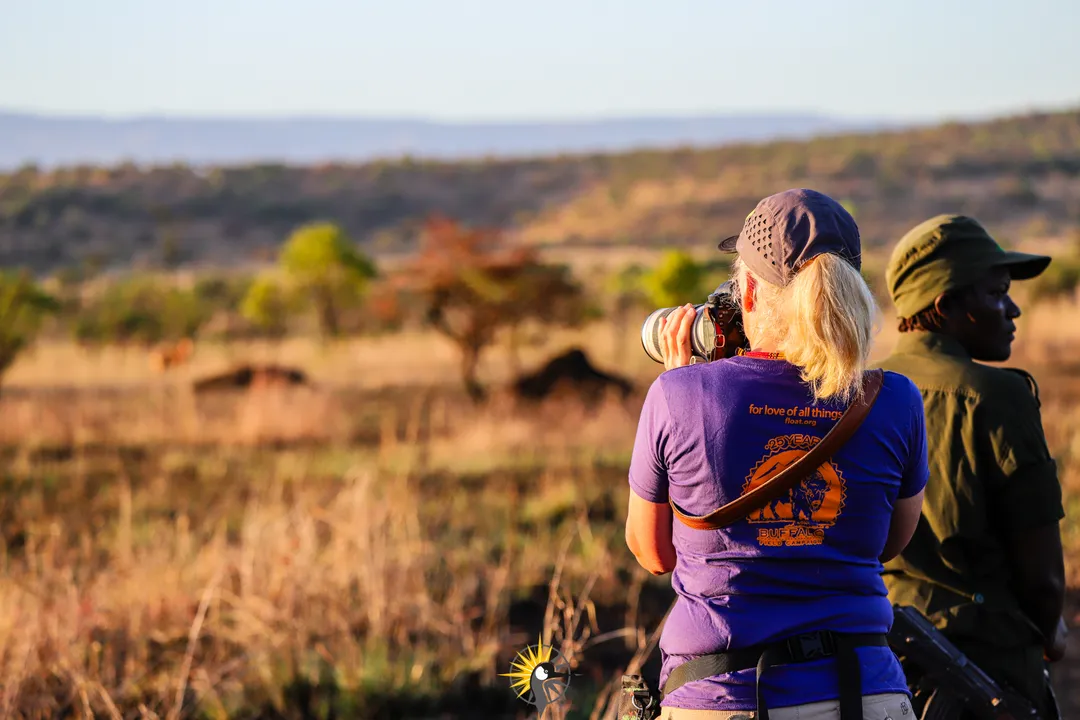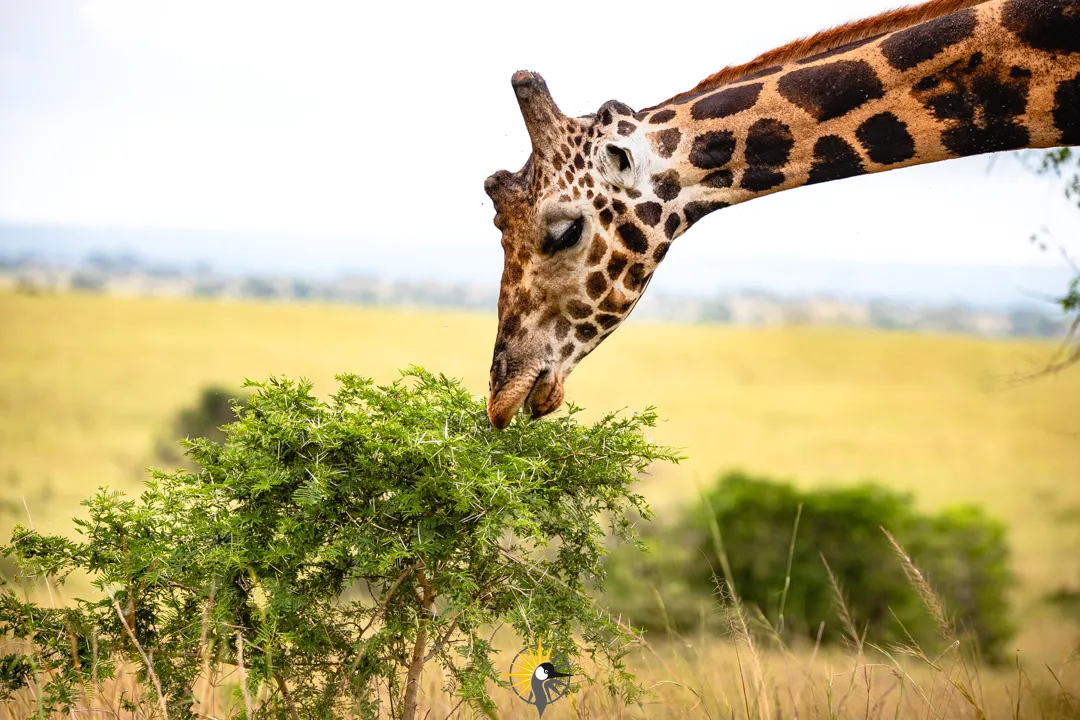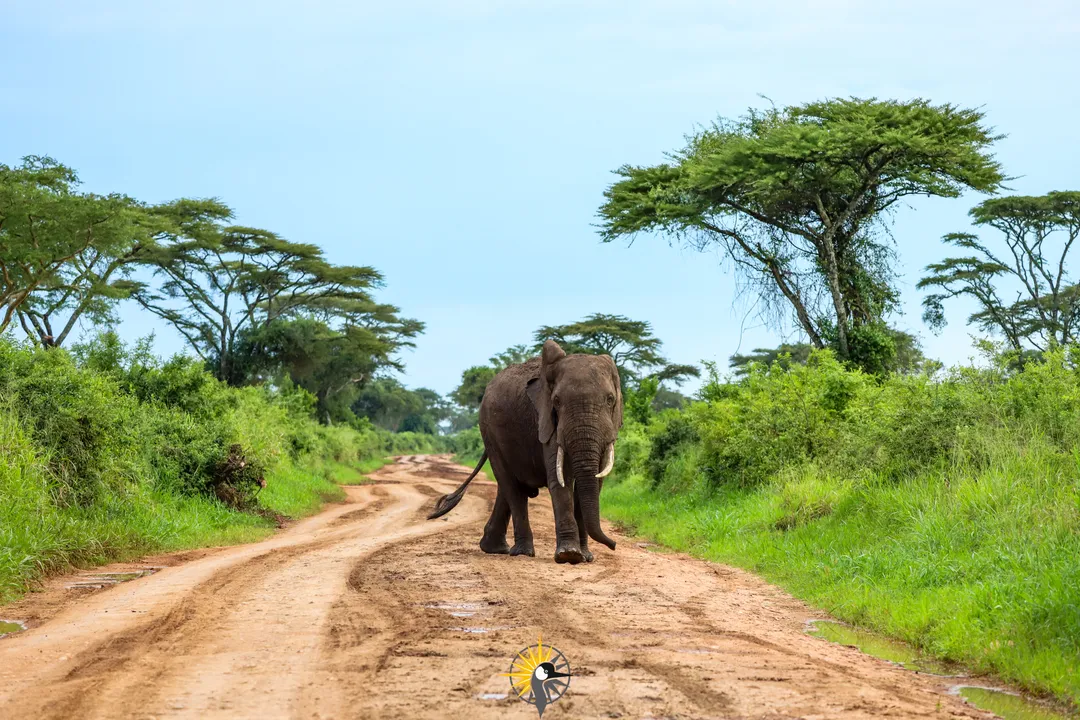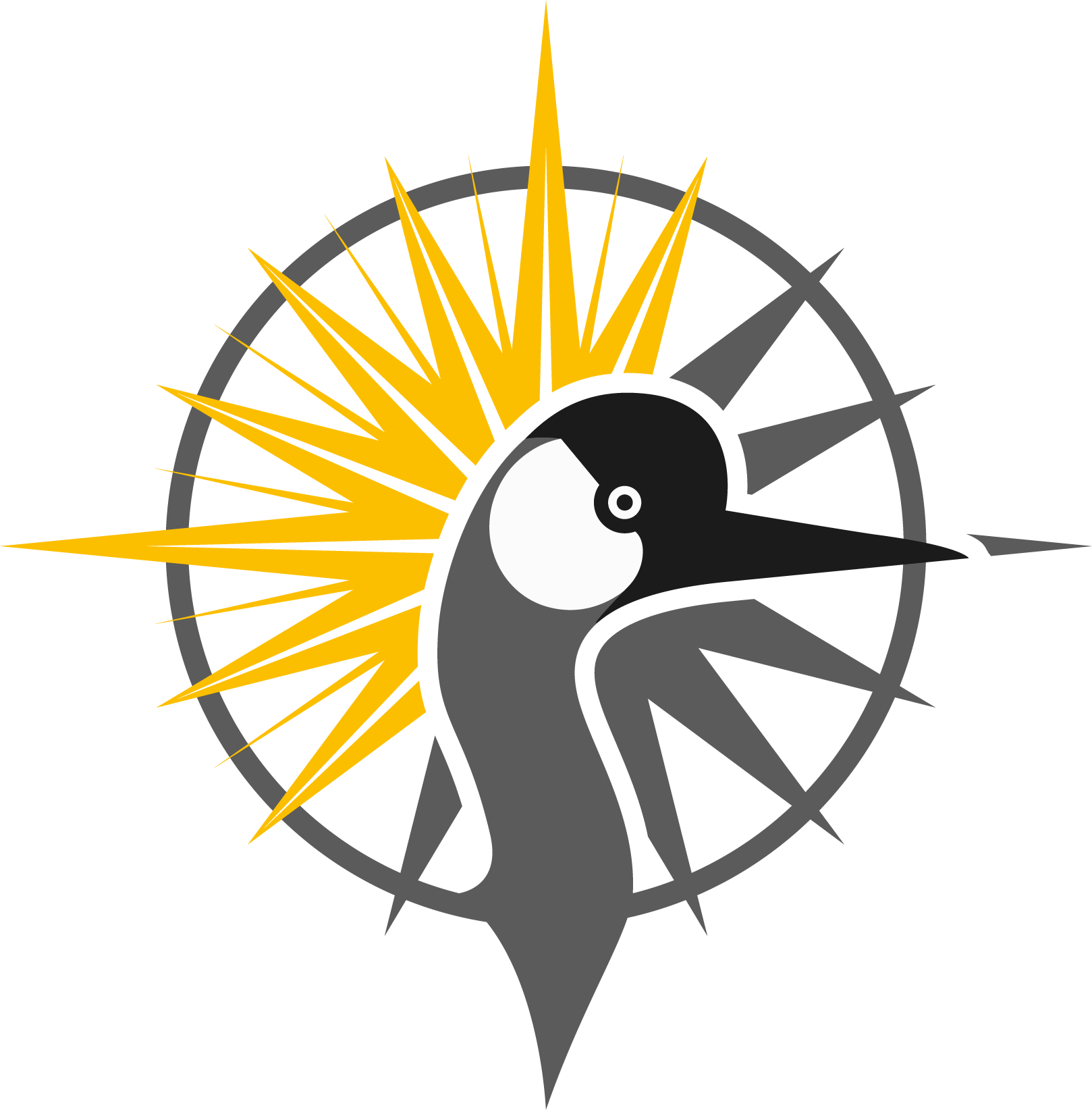The Ultimate Guide to Big Five Safaris in East Africa
A Big Five safari is one of the most sought after experiences for tourists in East Africa. This exhilarating adventure brings you face-to-face with some of the planet’s most iconic and majestic animals: the lion, leopard, elephant, buffalo, and rhino. Once hunted for sport, these animals now thrive in protected environments, allowing visitors to witness them in their natural habitats while contributing to wildlife conservation. Whether you’re a first-time safari-goer or a seasoned traveler, this guide explores everything you need to know about embarking on a Big Five safari in East Africa.
What Is a Big Five Safari?
The term "Big Five" was originally coined by game hunters to refer to the five most dangerous animals to hunt on foot. Today, the term has evolved, and tourists now embark on safaris to see these magnificent creatures in the wild rather than hunt them. The thrill of spotting all five animals lion, leopard, African elephant, Cape buffalo, and rhinoceros—creates a memorable experience that captures the essence of East Africa’s rich biodiversity.
Where Can You Go for a Big Five Safari in East Africa?
East Africa is home to a variety of national parks and game reserves where tourists can go on Big Five safaris. The region is known for its extensive wildlife and diverse ecosystems, offering prime opportunities to see these animals in their natural habitats. Here’s a broader overview of the top destinations in East Africa:
1. Maasai Mara National Reserve, Kenya
The Maasai Mara is arguably one of the best-known wildlife reserves in the world. Located in southwestern Kenya, it is a premier destination for Big Five safaris. This vast savannah is teeming with wildlife, including large populations of lions, leopards, and elephants. The Maasai Mara is particularly famous for the annual Great Migration, where millions of wildebeest, zebras, and antelopes traverse the plains, followed closely by predators. The reserve’s open grasslands make it easier for visitors to spot the Big Five.
2. Serengeti National Park, Tanzania
Sharing a border with Kenya’s Maasai Mara, Serengeti National Park in Tanzania is another iconic Big Five safari destination. Known for its endless plains, the Serengeti is home to vast herds of elephants, leopards prowling through the acacia trees, and prides of lions basking under the sun. The park offers year-round safari experiences, but it’s also part of the Great Migration, where tourists may catch glimpses of predators on the hunt. Rhino sightings are rarer here but still possible with a bit of luck.
3. Ngorongoro Crater, Tanzania
The Ngorongoro Crater in northern Tanzania offers a unique Big Five safari experience. This UNESCO World Heritage site is the world’s largest unbroken volcanic caldera and hosts a thriving ecosystem within its walls. Tourists can descend into the crater’s floor, where they have a high chance of spotting the Big Five, especially rhinos, which are more elusive in other parks. The diverse terrain, from lush forests to grassy plains, creates a stunning backdrop for wildlife photography.
4. Amboseli National Park, Kenya
Amboseli National Park is a smaller but equally rewarding safari destination. Nestled at the base of Mount Kilimanjaro, Africa’s tallest peak, the park is famous for its large herds of elephants. Amboseli offers breathtaking views of elephants silhouetted against the snow-capped Kilimanjaro, providing a picturesque and iconic safari experience. Lions, buffalo, and leopards are also commonly seen in this park, while rhinos are more challenging to spot.
5. Murchison Falls National Park, Uganda
Murchison Falls National Park, located in northwestern Uganda, offers a unique safari experience centered around the powerful Murchison Falls on the Nile River. This park is home to four of the Big Five lions, elephants, buffaloes, and leopards while rhinos can be found in the nearby Ziwa Rhino Sanctuary. The combination of river cruises and game drives makes Murchison Falls a standout destination for those seeking a diverse safari experience.
6. Lake Nakuru National Park, Kenya
Lake Nakuru National Park is known for its large populations of rhinos, particularly the endangered white rhino. This smaller park provides a more intimate Big Five safari experience and is set against the backdrop of the alkaline Lake Nakuru, often flocked by flamingos. In addition to the Big Five, Lake Nakuru is home to other wildlife, such as giraffes, baboons, and an array of bird species, making it a fantastic choice for nature lovers.
7. Akagera National Park, Rwanda
Rwanda’s Akagera National Park offers a more off-the-beaten-path experience for tourists seeking a Big Five safari. Located near the country’s border with Tanzania, Akagera is home to all five of the Big Five, with the reintroduction of lions and rhinos in recent years. The park’s varied terrain, from savannahs to lakes, creates an ideal environment for spotting elephants and buffaloes. Akagera’s conservation efforts have also helped restore its once endangered wildlife populations, making it a prime location for eco-tourism.
How Big Five Safaris Support Conservation
One of the most significant aspects of Big Five safaris is their role in supporting conservation and eco-tourism. National parks and game reserves in East Africa rely on tourism revenue to fund anti-poaching efforts, habitat restoration, and wildlife protection programs. By visiting these destinations, tourists directly contribute to the preservation of endangered species and the conservation of fragile ecosystems.
For instance, rhino populations have drastically declined due to poaching, but conservation programs funded by tourism have helped protect these species and slowly rebuild their numbers. Similarly, parks like Akagera in Rwanda and Ziwa Rhino Sanctuary in Uganda have reintroduced rhinos and lions to their habitats, thanks in part to the financial support generated by safari tourism.
Additionally, many Big Five safari operators focus on eco-friendly practices, such as using solar-powered lodges, reducing plastic waste, and promoting responsible wildlife viewing that respects animal behavior and habitats. This emphasis on sustainability ensures that future generations can continue to enjoy these awe-inspiring creatures in the wild.
Best Time to Go on a Big Five Safari
Timing your safari is crucial to maximize your chances of spotting the Big Five. While East Africa offers year-round safari opportunities, certain seasons may provide a better experience depending on the animals you wish to see.
- Dry Season (June to October): This is typically the best time for Big Five safaris in East Africa. The dry weather forces animals to congregate around waterholes, making them easier to spot. Vegetation is also less dense, providing clearer views of wildlife.
- Wet Season (November to May): While the wet season brings lush landscapes and fewer tourists, it can be more challenging to spot the Big Five as animals disperse. However, this period is ideal for birdwatching and seeing newborn animals, and it offers a more peaceful safari experience.
Planning Your Big Five Safari
When planning a Big Five safari, it’s essential to consider the type of experience you want. East Africa offers a range of options, from budget-friendly safaris to luxury tours that provide all-inclusive packages. You can choose between private game drives, walking safaris, or even balloon safaris for a unique perspective on the landscape.
Make sure to consult with reputable safari operators who prioritize conservation and eco-tourism efforts. Not only will this ensure a more responsible experience, but it will also contribute to the long-term protection of East Africa’s wildlife and habitats.
Ready to embark on an unforgettable adventure to witness the Big Five? Whether you're drawn to the wide-open savannahs of Kenya or the rolling hills of Tanzania, East Africa offers some of the world’s best Big Five safaris. If you'd like more information or help planning your trip, feel free to get in touch with our team, and let’s start crafting your perfect safari experience.
By choosing a Big Five safari in East Africa, you’re not only witnessing one of nature’s most breathtaking spectacles, but you’re also playing a vital role in supporting conservation and eco-tourism efforts that protect these animals for future generations.
 Client on a walk
Client on a walk
Let us plan your safari
Let our experts walk you through the process of planning your safari step by step!
News and Updates

Why Uganda Is Africa’s best safari secret
Discover why Uganda is Africa’s best-kept safari secret. From thrilling mountain gorilla trekking to diverse wildlife and stunning landscapes, Uganda offers an unforgettable, off-the-beaten-path safari experience.
Sun Apr 06 2025

Unique safari experiences in Rwanda
From tracking endangered primates to exploring stunning landscapes and vibrant traditions, here are the most unique experiences you can enjoy in Rwanda.
Fri Mar 14 2025

Birdwatching in Kenya
Join Musana Tours and Travel on an unforgettable birdwatching safari across the best birding hotspots in Kenya.
Wed Feb 26 2025









